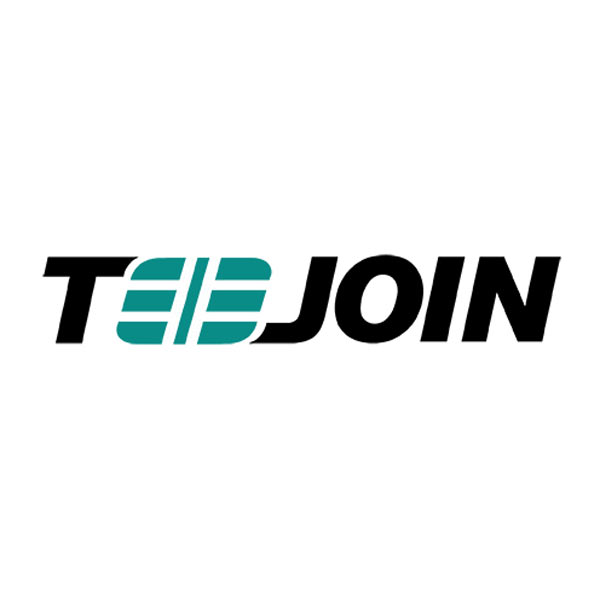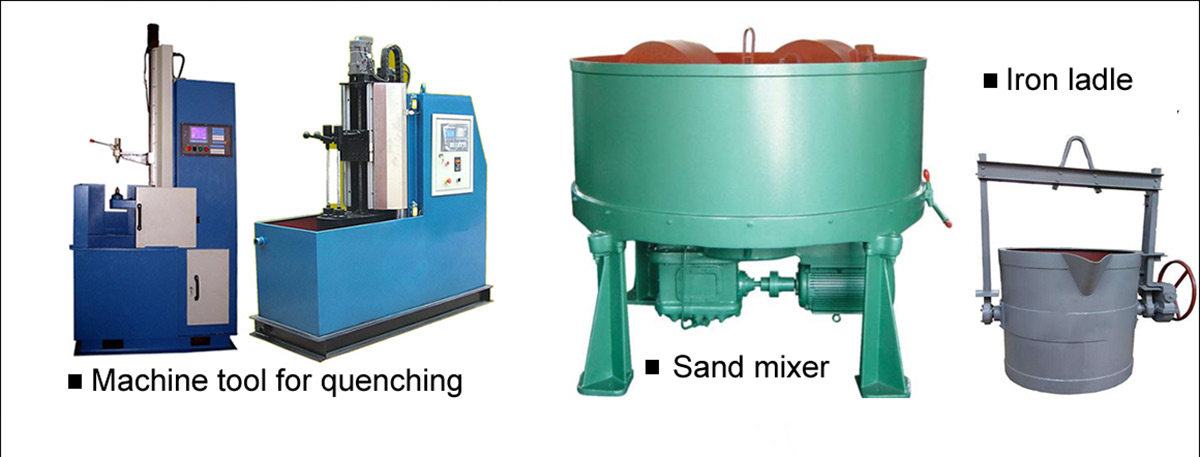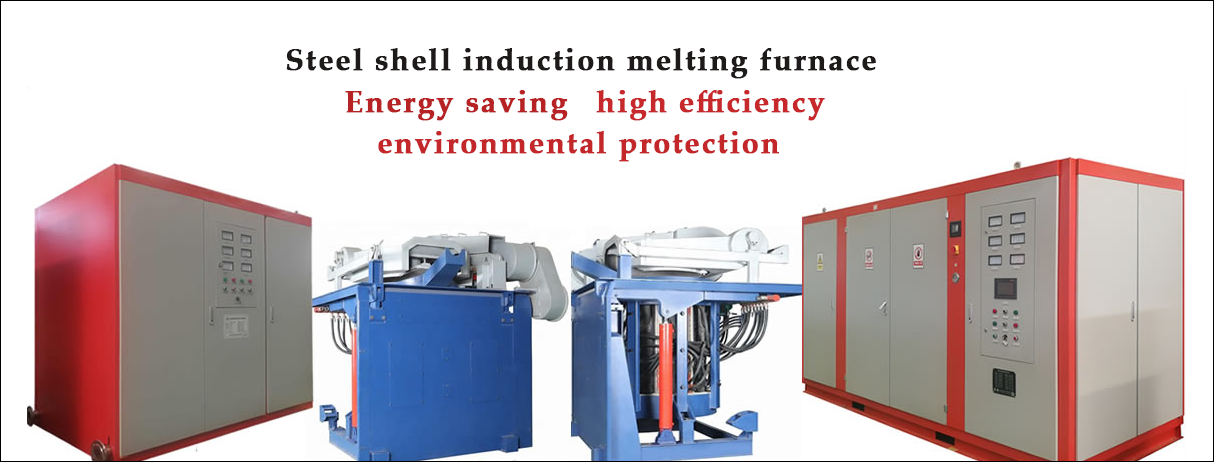Send FFurnace a Message
We will get in touch with you as soon as possible in 24h
*
*
*
*

FFurnace
- Tel+86 13335895533
- Whatsapp+86 13335895533
- Emailsherrishi@teejoiniot.com
Company Address
Adress: 4th Floor, Wanye Long Industrial Park, Bantangtou Avenue, Shiyan Street, Baoan District, Shenzhen,China


